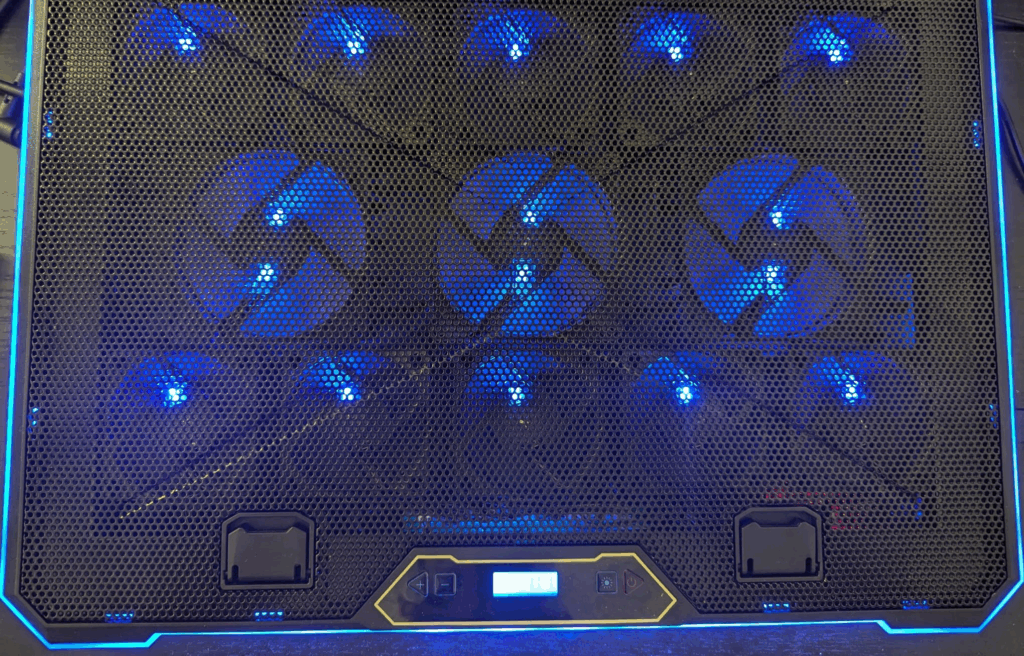
Bogdan Micea, a tech enthusiast, has taken a novel approach to enhance his laptop cooler’s efficiency. Frustrated with the cooler’s constant power output regardless of the laptop’s workload, Micea decided to automate the process. By integrating an Arduino Pro Micro into the cooler and developing a Rust-based controller application for his computer, he successfully created a smarter cooling system.
The modification allows the cooler to adjust its power automatically based on the laptop’s CPU temperature, eliminating the need for manual adjustments. This innovation promises to improve cooling efficiency and potentially extend the lifespan of laptops by preventing overheating.
How the Modification Works
Micea’s cooler is equipped with four buttons, each capable of performing different functions depending on the duration of the press. After meticulously mapping out their functionality, Micea soldered four transistors in parallel with these buttons, enabling the Arduino to simulate button presses. Additionally, four Arduino pins are used to monitor the buttons’ state, allowing the system to both control and observe the cooler’s operations.
The Arduino is connected via USB to the cooler’s original power input, maintaining the cooler’s external appearance. Upon startup, the Arduino sets the cooler to a predefined state and continuously monitors the button inputs. This setup allows the cooler to notify the computer of any state changes or to adjust its state based on commands from the computer.
Integration with Computer Systems
The Rust-based control software on the computer plays a crucial role in this setup. It creates a system tray interface that displays the cooler’s current activity and allows users to modify its settings. The software can detect the CPU’s temperature, enabling the cooler to adjust its power output automatically. Furthermore, the Arduino can recognize when the laptop enters a suspend state and manage power accordingly.
“This integration of Arduino and Rust in a laptop cooler is a pioneering step in personal computing cooling solutions,” commented a tech analyst.
Implications and Future Prospects
This development represents a significant advancement in the realm of personal computing accessories. By automating the cooling process, users can enjoy enhanced performance without the hassle of manual adjustments. This innovation could pave the way for more intelligent cooling solutions in the future, potentially influencing manufacturers to incorporate similar technologies into their products.
Historically, laptop coolers have been relatively simple devices, primarily focused on providing additional airflow to aid in heat dissipation. However, Micea’s project demonstrates the potential for these devices to evolve into more sophisticated systems. This could lead to broader applications, such as integrating similar technologies into desktop cooling systems or even expanding into other consumer electronics.
According to industry experts, “The use of microcontrollers like Arduino in consumer electronics is set to revolutionize how we interact with our devices.”
As technology continues to advance, innovations like Micea’s modified cooler highlight the importance of user-driven solutions in the tech industry. By leveraging open-source tools and programming languages, individuals can create customized solutions that meet their specific needs, driving the industry forward.
Looking ahead, this project could inspire other tech enthusiasts and engineers to explore similar modifications, potentially leading to a new wave of user-driven innovations in personal computing accessories.




